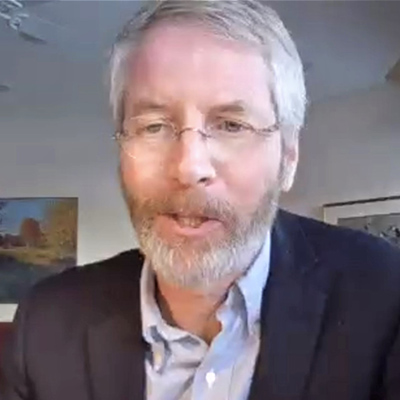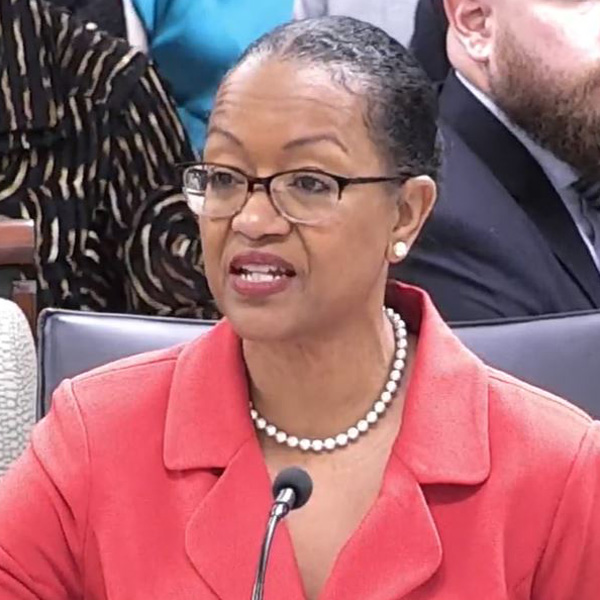FERC approved a settlement between PJM and 81 parties to reduce the $1.8 billion in non-performance charges assigned to generators that did not meet their capacity obligations during the December 2022 winter storm (ER23-2975, EL23-53).
The commission’s Dec. 19 order lowers the penalties to approximately $1.25 billion, a nearly 32% reduction, and resolves the bulk of the 15 complaints generators filed over the charges. In a separate order, the commission rejected a complaint from Energy Harbor disputing how PJM factored a maintenance outage into its calculation of the W.H. Sammis coal generator performance shortfall.
“PJM appreciates the cooperation of its members who participated in the FERC-supervised settlement proceedings and reached this consensus-based resolution, allowing the PJM stakeholder community to focus on improvements and solutions going forward,” PJM General Counsel Christopher O’Hara said in an Inside Lines post regarding the commission’s order.
The agreement caps off months of settlement judge procedures the commission initiated June 5 resulting in the agreement reached in September. All of the complainants supported the agreement, with the exception of the Old Dominion Electric Cooperative (ODEC), which joined as a non-opposing party. (See Settlement over PJM Elliott Penalties Receives Broad Support.)
Because the collection process for the penalties already is well underway, reduction of the penalties will involve recipients of overperformance bonus payments returning a portion of their allocations. Under the capacity performance structure, underperformance penalties are paid out to generators that exceeded their expected performance during emergency conditions.
During the Dec. 20 Markets and Reliability Committee meeting, PJM Executive Vice President of Market Services Stu Bresler said staff are drafting an FAQ detailing how the settlement will be implemented, the effects it will have overall and how companies can calculate the change to their penalties and overperformance bonuses.
PJM and supporters of the settlement argued it would reduce market disruption that could result from penalties of that magnitude and protracted litigation about their legitimacy.
Chief Keystone Power and Chief Conemaugh Power raised the only objections to the settlement, but were overruled by the commission, which found the companies had lost their chance to be party to the agreement by waiting until after it had been filed with FERC to seek intervenor status and file a protest.
“Allowing entities to intervene in the new docket generated by the filing of a settlement, when such entities did not participate in the underlying dockets and settlement discussions, would run contrary to cases where the commission has disallowed parties to intervene for the first time after the parties have agreed to a settlement,” the order says.
The settlement left two issues raised by Energy Harbor and the East Kentucky Power Cooperative (EKPC) open for the commission to decide: how to calculate the penalties the Sammis facility is responsible for, and an argument the cooperative made that the capacity performance penalty structure and annual stop loss are unjust and unreasonable without a connection to generators’ capacity market revenues.
In its complaint, Energy Harbor argued that PJM had effectively disregarded a 300-MW maintenance outage the Sammis facility was on at the time of Winter Storm Elliott by subtracting the outage from the resource’s installed capacity (ICAP) value. The company said that was the wrong figure to look at, since it includes both committed capacity and uncommitted capacity the resource is not obligated to make available during emergency procedures. Instead, it made the case that PJM should have netted it against the performance shortfall it experienced — the difference between its expected and actual output used to derive the penalties.
PJM stated that excused outages, such as for maintenance, can reduce only a capacity resource’s performance shortfall and associated penalties if it is the sole reason the generator did not meet its obligation. In this case, PJM said forced outages Sammis experienced Dec. 23 and 24 accounted for the full shortfall.
“Even taking into account the maintenance outage of 300 MW, Energy Harbor should have been able to meet its expected performance. It failed to do so, because of the forced outages of Units 5 and 7. Hence, the maintenance outage was not the sole cause of Energy Harbor’s inability to meet its expected performance as the tariff requires,” the commission’s order says.
The EKPC complaint argued that basing the penalty rate and annual stop loss on the net cost of new entry (CONE), rather than the Base Residual Auction (BRA) clearing price, results in the potential for penalties being higher than the revenues a resource can earn in the market. The commission has yet to issue an order on that filing.
In a filing at the conclusion of the critical issue fast path (CIFP) process, PJM proposed to revise the calculation of the annual stop-loss limit to be based on the BRA clearing price and retain the penalty rate derived from net CONE. (See “PJM Steams Ahead with CIFP Filing Timeline After FERC Deficiency Notices,” PJM MIC Briefs: Dec. 6, 2023.)



